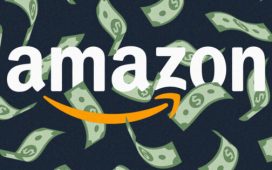There’s a new chief in town: the chief brand officer (CBO).
Does this mean the CMO role is becoming obsolete? Not at all. It simply means many companies are recognizing the shifting landscape of customer engagement and the implications and opportunities for better brand-building.
In most organizations, the CBO role complements the CMO, where both leaders have distinct swim lanes and collaboration spheres. If well-integrated, the desired outcome is the win-win of a stronger, more cohesive brand, enhanced customer engagement and a thriving business.
But before we get to the classic 1 + 1 = 3, let’s take a step back to better understand the “why” behind the recent rise of the CBO.
Why a CBO, and why now?
Technological acceleration is transforming how people connect with brands, and thus how brand relationships are built. One casualty of technology acceleration, however, is the deceleration of a mass market—an environment that enabled a communications-led approach to brand-building.
Remember when tens of millions seeing a spectacular 30-second ad more than three times could generate brand awareness and persuasion? That is not happening today. More than 50% of U.S. households have cut the cord, which also cuts off a vast swath of traditional mass advertising.
Today, we humans skim past thousands of ad-bits daily as we surf, scroll and swipe. Yet beyond the world of scrolling ads and influencers, our everyday lives intersect with major brands through routine, always-on customer engagement channels. These experiences can engage or repel us and, in so doing, impact how we feel about the brand, our net brand impression and our willingness to recommend and even buy.
Customer-experience channels as brand-builders
In many companies, some of the aforementioned customer-experience channels can make or break a customer relationship, and many companies are investing heavily in AI and net promoter score (NPS) to optimize these touch points.
Unfortunately, across industries, AI engines often pull from the same deep data pools, and NPS measures generic industry outcomes. On their own, these strategies can reduce friction and improve the customer’s experience, but absent a differentiating brand strategy, they can also accelerate a sea of sameness. Factoring out convenience, what’s the reason to choose one company?











